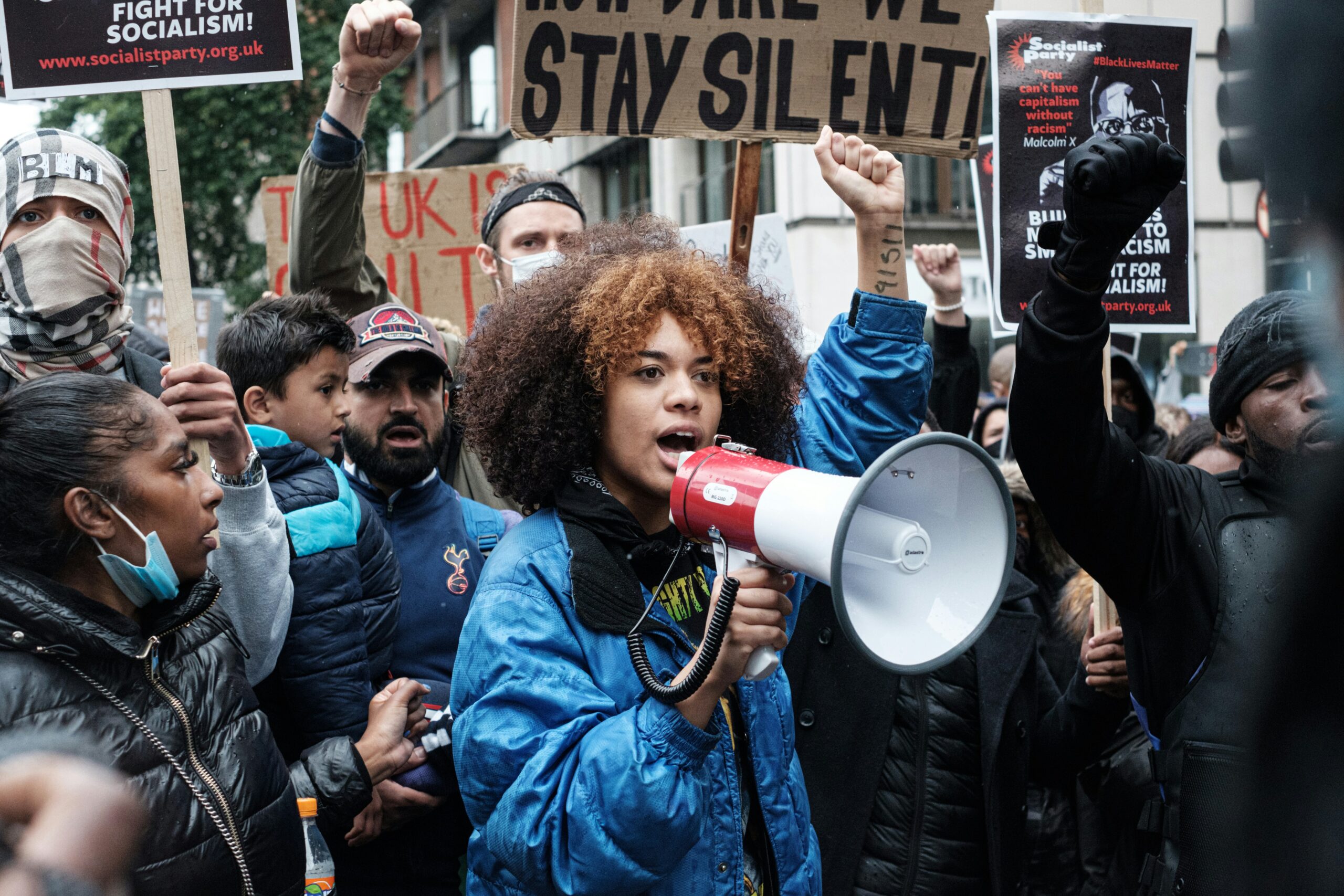
Photo by Ehimetalor Akhere Unuabona
Ok, so I’m a bit of a slow learner. That’s probably no surprise to some of you, let alone me!
I’ve just come across OSHO’s wonderful quote. He says; “Creativity is the greatest rebellion in existence.”
Ooooh! I like that! I’ve always fancied a bit of rebellion, or at least the prospect of it – that feeling that you’re doing something out of the norm, out of the ordinary, pushing the boundaries, shaking the tree.
I like that a lot.
Osho, for those of you like me who didn’t/don’t know, is an Indian Spiritual Guru and this quote comes from his best selling book “Creativity, Unleashing The Forces Within”.
Google tells me that “Osho highlights the fact that creativity is much more than a simple act; it’s a profound form of rebellion against the conventional boundaries and the restrictive nature of our daily existence”.
I like that too! I like that a lot.
So, in this changing world impacted with the likes of AI, I wondered where in education the greatest rebellion might be currently found.
Unsurprisingly I found it where it always has been; in our Early Childhood Centres and Kindergartens.
In these places you walk through the door and you see un-abound creativity everywhere, and anywhere.
I think you’d struggle to find anywhere on the planet where such unabashed creativity is produced in such an unrestrictive and supportive manner.
What’s more, these creative souls (yes it’s the 2-5 year olds I’m talking about) go about their acts of daily rebellion in a constant state of “I don’t care”.
Yeah, sure, they’re learning to care – as they look for the acknowledgement like signs from their teachers, care-givers and parents. But on the whole I can’t imagine any three year old in the world who starts their finger painting masterpiece with the thoughts, “how will this be accepted? and is it acceptable?”
Around these three year olds is a lovely caring and supportive bubble wrap like layer of safety. It’s provided by the state, or the private institution and it comes in the form of the teacher. This layer of safety allows for our children to be almost as rebellious as they want as they go about making sense of their new world.
As I said, it’s hard to imagine a place on earth that is so free in regards to this creativity.
As children get older and they move through our education systems, the significance of the safety bubble wrap and its use, becomes diluted.
This dilution, or constraint, is done on many different layers; by peer pressure; by family expectations; by societal “norms”; and by the institutions themselves who are also under the same constraints.
Creativity is inherently fueled by risk taking. Our three year olds are encouraged to take risks – in fact they often don’t even comprehend that a risk is even there.
This is called play. And they learn about risks by doing stuff in their play.
By the time our kids find themselves further up the school system this risk taking/play aspect of creativity is often non-existent.
And to compound things more our teachers are often so risk-averse themselves that the creativity rebellion is well and truly about to be extinguished.
Enter AI stage left.
On first glance it appears that maybe, just maybe the rebellion is about to be reignited!
But on closer inspection I wonder if AI just gives us the opportunity to take risk taking out of the creative equation altogether.
I’ve always thought that the risk taking part of being creative is the part that makes us truly human. It’s the part that adds the spice to the process!! It’s like the wrapping on a present at Christmas time – until the wrapping is taken away there’s always the uncertainty left about what has been created; it’s an anticipation that is intoxicating.
Being creative has never been totally risk free – unless of course we’re all living in a kindergarten world – so why would we allow AI to take this away from us?
Surely, if we are going to embrace AI into the creative realm (and to be honest it looks like we have no choice), then the time is now to be actively encouraging our teachers to take real life risks in their classrooms.
This means looking at what “Being Creative” really looks like. It means celebrating this often – as in, getting really excited about human creativity!
And it means reigniting the flame and letting the rebellion take hold.
Steve